In the dynamic realm of modern marketing, where consumers navigate a maze of brands vying for their attention, understanding the intricacies of the human mind has never been more crucial. This is where Neuro-Marketing enters the scene, offering a fresh perspective that marries the precision of neuroscience with the artistry of marketing.
Introduction to Neuro-Marketing
Definition and Brief Overview of Neuro-Marketing
Neuro-Marketing isn’t just another buzzword in the marketing lexicon. It represents a profound shift in how we approach consumer engagement. At its core, Neuro-Marketing leverages the principles of neuroscience to decode the often complex and subconscious reactions consumers have to marketing stimuli.

Recent data suggests that the global neuromarketing market is on an upward trajectory. A study by MarketsandMarkets projected that the neuromarketing technology sector could surpass $100 million by 2024, reflecting a Compound Annual Growth Rate (CAGR) of over 10% from 2019 to 2024. Such figures underscore the burgeoning interest and investment in this interdisciplinary field.

The Intersection of Neuroscience and Marketing
Neuroscience, with its deep exploration of the nervous system and the brain, offers a treasure trove of insights for marketers. Consider the amygdala, a small, almond-shaped cluster nestled deep within the brain. This powerhouse is instrumental in emotional processing, a revelation that holds profound implications for marketers given the pivotal role emotions play in consumer decisions.
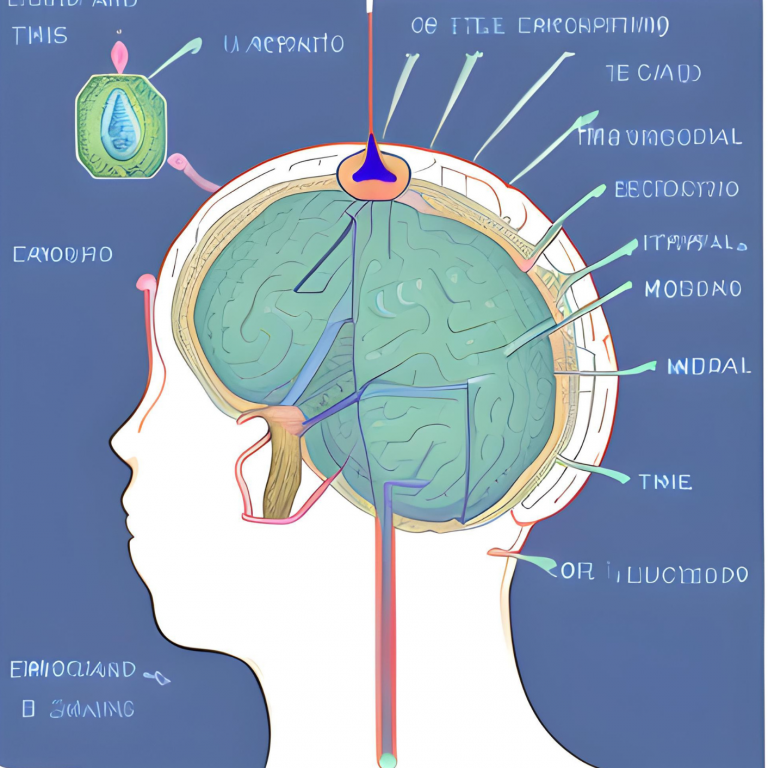
Marrying the empirical rigor of neuroscience with the creative nuances of marketing, professionals in the field of Neuro-Marketing are pioneering strategies that resonate with consumers on a deeply intrinsic level. It’s a harmonious blend of art and science, where imaginative marketing campaigns are informed by tangible neurological data, ensuring strategies that are both innovative and grounded in human psychology.
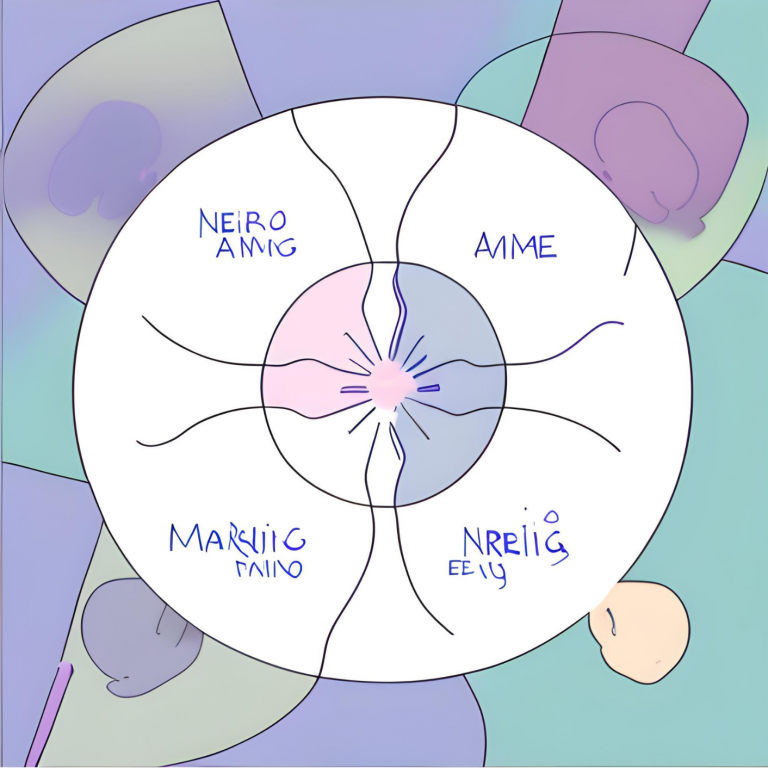
The Science Behind Neuro-Marketing
In the vast landscape of marketing, where intuition once reigned supreme, a new paradigm is emerging—one rooted in the intricate tapestry of the human brain. To truly grasp the essence of Neuro-Marketing, one must first delve into the science that underpins it.
How the Brain Processes Information
Every stimulus, from a fleeting advertisement on a city billboard to a detailed product description on a website, triggers a cascade of neural activity. The brain, a marvel of nature, processes this information at lightning speed, sifting through layers of memory, emotion, and logic.
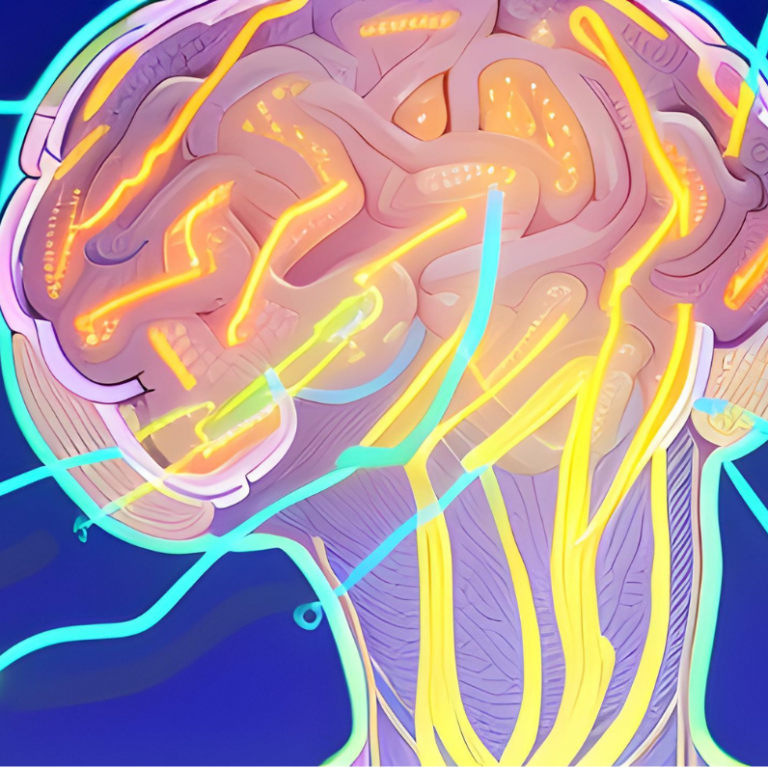
Recent studies have shown that consumers often make purchasing decisions within mere seconds, underscoring the brain’s remarkable efficiency. For marketers, understanding this rapid neural processing is key to crafting messages that not only capture attention but also resonate.
Key Areas of the Brain Involved in Decision-Making
Two pivotal regions in the brain play a central role in decision-making:
Amygdala: Often termed the brain’s “emotional center,” the amygdala processes emotions, especially those related to fear and pleasure. It’s no wonder that advertisements evoking strong emotions, whether joy or nostalgia, often leave a lasting impact.
Prefrontal Cortex: This region is the seat of logical reasoning and decision-making. It weighs the pros and cons, deliberates, and ultimately guides our choices.
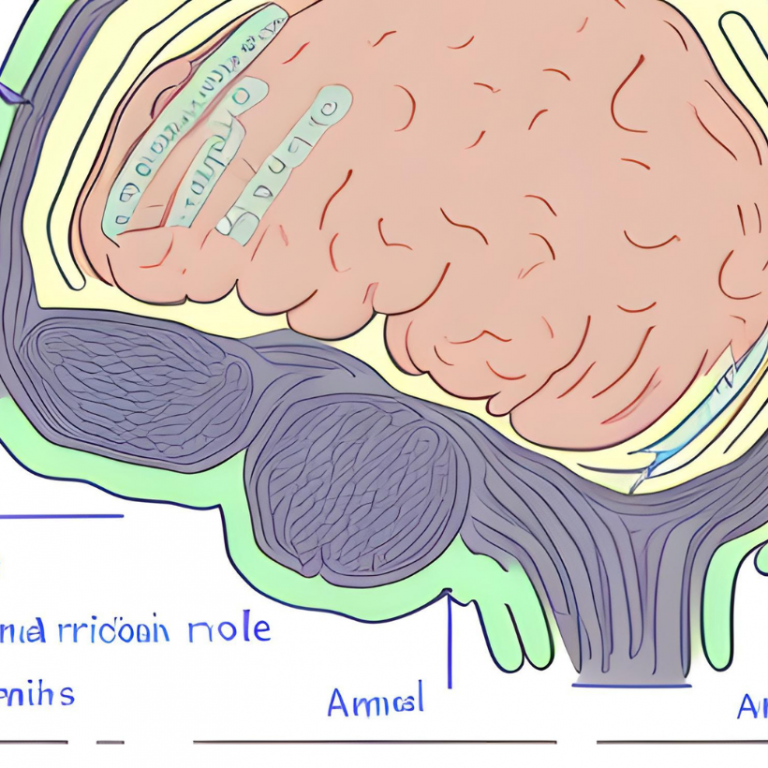
A study from Harvard Professor Gerald Zaltman suggested that a staggering 95% of purchasing decisions are subconscious, emphasizing the interplay between the emotional amygdala and the rational prefrontal cortex.
The Role of Emotions in Purchasing Decisions
Emotions are the silent puppeteers behind many of our decisions. A product might appeal to our logical side, but if it evokes a strong emotional response—whether it’s the warmth of nostalgia, the thrill of aspiration, or the comfort of belonging—it’s far more likely to sway our choice.

Brands like Apple or Nike, for instance, have masterfully harnessed the power of emotion. It’s not just about a product; it’s about a feeling, a story, an identity. This emotional connection, rooted deep within our neural circuits, often proves more potent than any logical argument a marketer could present.
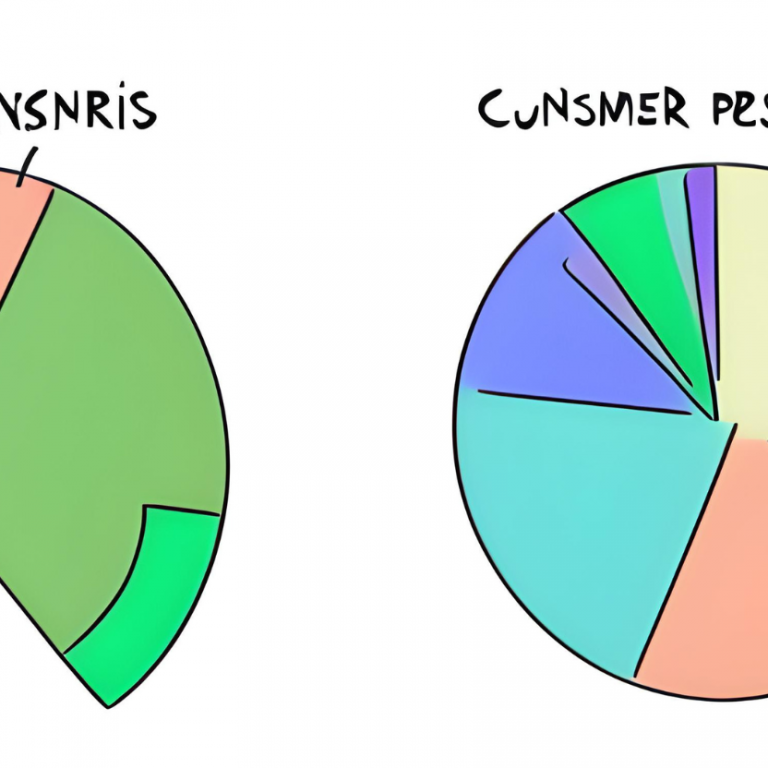
Tools and Techniques in Neuro-Marketing
In the quest to understand the consumer’s mind, marketers are turning to an arsenal of sophisticated tools and techniques. These instruments, rooted in advanced science and technology, offer a window into the subconscious, revealing insights that traditional methods might overlook.
Functional Magnetic Resonance Imaging (fMRI): Mapping Brain Activity
fMRI stands as one of the most advanced tools in the neuro-marketing toolkit. By tracking the flow of oxygen-rich blood in the brain, fMRI provides a dynamic map of neural activity. When a consumer is exposed to marketing stimuli, be it an advertisement or product design, certain areas of the brain light up, indicating engagement, interest, or even aversion.

A study from Stanford University revealed that strong brand associations, like those for Apple or Harley-Davidson, activated the same areas of the brain as personal memories or even religious symbols.
Electroencephalography (EEG): Measuring Brainwave Patterns
EEG offers a real-time glimpse into the brain’s electrical activity. By placing electrodes on the scalp, researchers can measure brainwave patterns as consumers react to advertisements or brand messages. These patterns can indicate various states, from deep engagement to indifference or confusion.
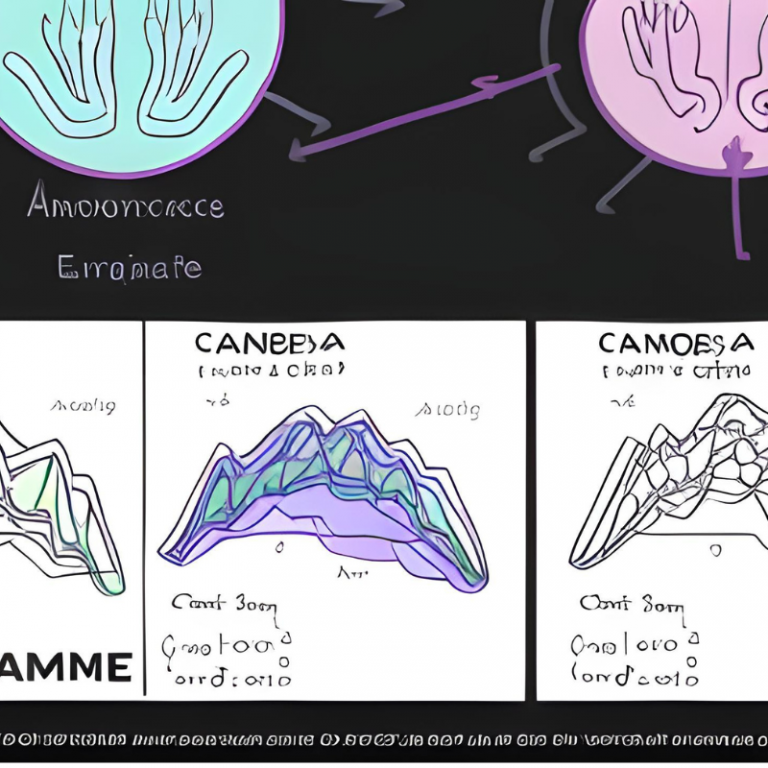
Brands like Google and Disney have reportedly used EEG to fine-tune their content, ensuring it resonates with their target audience.
Eye-tracking: Understanding Visual Attention
Where the eyes go, the mind often follows. Eye-tracking technology provides invaluable insights into what captures a viewer’s attention. By monitoring eye movements, marketers can discern which parts of an advertisement or webpage draw interest and which are overlooked.

For instance, Amazon’s meticulous design tweaks, informed by eye-tracking studies, have been instrumental in optimizing user experience and boosting sales.
Facial Coding: Interpreting Facial Expressions
The human face is a canvas of emotions. Facial coding, using advanced software, can analyze minute facial expressions to gauge genuine emotional reactions to products or advertisements. This tool bypasses the filter of conscious thought, tapping directly into raw, unfiltered emotion.

Companies like Procter & Gamble have harnessed facial coding to refine their advertisements, ensuring they evoke the desired emotional response.
Benefits of Neuro-Marketing for Brands
In the modern age, where consumers are more discerning and have a plethora of choices at their fingertips, brands are in a perpetual quest to differentiate themselves. Neuro-Marketing, with its blend of science and strategy, offers brands a competitive edge, providing insights that are both profound and actionable.
Gaining Deeper Insights into Consumer Preferences and Aversions
Traditional market research methods, while valuable, often scratch the surface of consumer sentiment. Neuro-Marketing delves deeper, tapping into the subconscious realms of the consumer mind. By understanding the neural triggers that drive preference or aversion, brands can tailor their offerings more effectively.
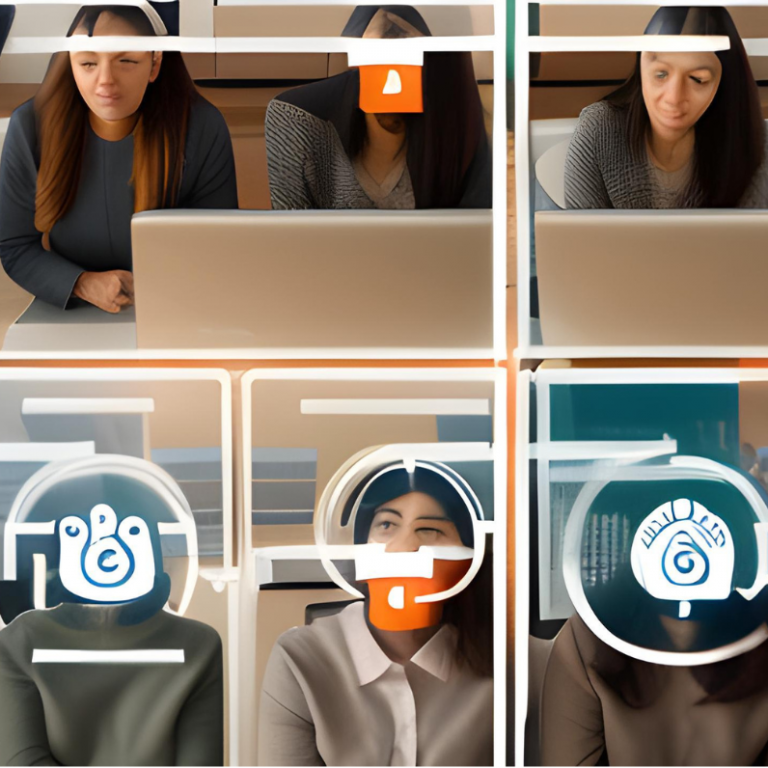
A 2018 study published in the Journal of Marketing Research found that brands employing neuro-marketing techniques achieved a 23% better response in terms of product likability compared to those relying solely on traditional methods.
Predicting Consumer Behavior More Accurately
Predicting consumer behavior has always been akin to gazing into a crystal ball. However, with Neuro-Marketing, this prediction is grounded in science. By understanding how the brain reacts to stimuli, brands can anticipate consumer actions with greater precision.
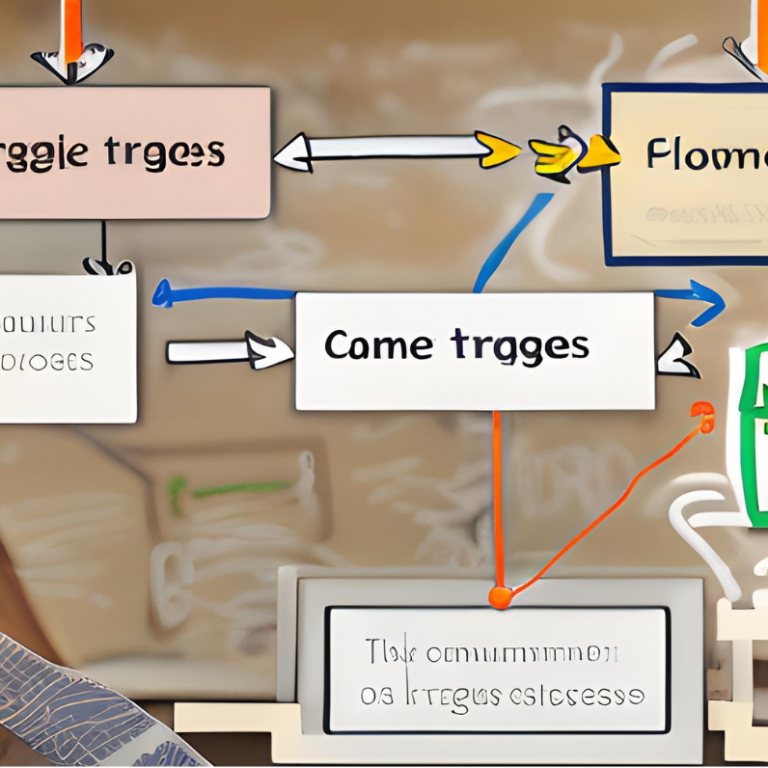
For instance, Netflix, by leveraging neuroscientific insights, has been able to predict viewing patterns and preferences, leading to more personalized content recommendations for its users.
Enhancing Ad Campaigns Based on Neurological Feedback
An advertisement can be visually stunning, but if it doesn’t resonate at a neurological level, its impact is diminished. Neuro-Marketing provides real-time feedback on how consumers are reacting to ads, allowing brands to refine their campaigns for maximum impact.
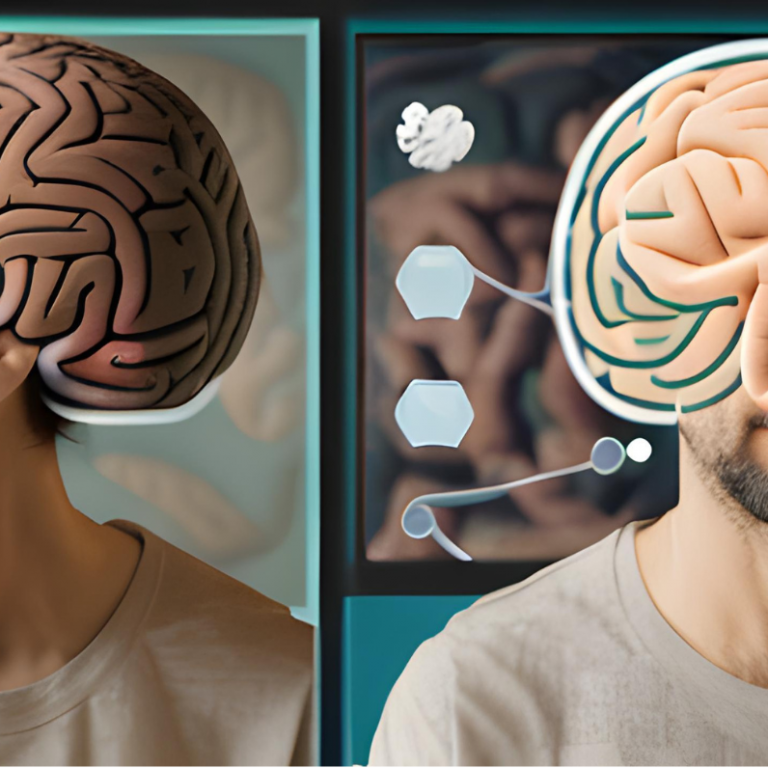
Brands like PepsiCo have reportedly used neuro-marketing insights to tweak their ad campaigns, resulting in advertisements that not only entertain but also deeply resonate.
Improving Product Design and Packaging
First impressions matter. The design and packaging of a product can significantly influence purchasing decisions. Neuro-Marketing offers insights into the colors, shapes, and designs that appeal most to the consumer brain.
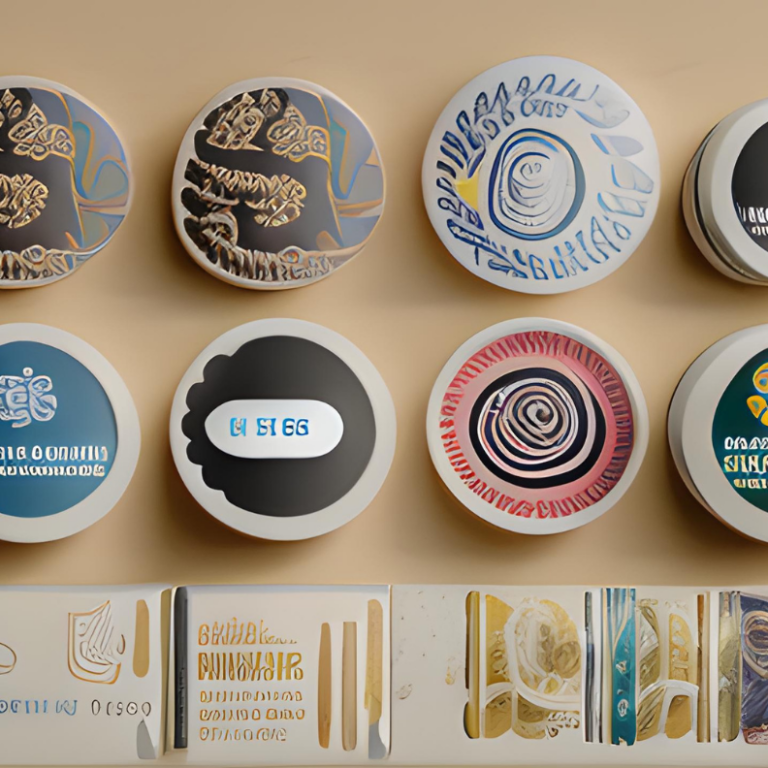
A notable example is the redesign of Frito-Lay’s Cheetos packaging. Insights derived from neuro-marketing studies led to a design that was not only visually appealing but also evoked feelings of nostalgia and comfort, driving increased sales.
Real-world Examples of Neuro-Marketing in Action
The theoretical underpinnings of Neuro-Marketing are undoubtedly fascinating, but its true power is best illustrated through real-world applications. Several forward-thinking brands have harnessed the insights offered by Neuro-Marketing, achieving remarkable results that underscore the technique’s potential.
Case Studies of Brands Employing Neuro-Marketing Techniques
1. Frito-Lay: The snack giant delved into the subconscious preferences of its consumers when redesigning the packaging for its iconic Cheetos brand. Using EEG and eye-tracking, they identified design elements that evoked feelings of nostalgia and comfort. The result? A packaging redesign that led to a significant uptick in sales.

2. Campbell Soup: Campbell’s embarked on a mission to revamp its soup labels. Through Neuro-Marketing studies, they discovered that consumers had a stronger emotional connection to the kitchen image on the label than the actual bowl of soup. The new labels, emphasizing the kitchen, resonated more deeply with consumers, reinforcing the brand’s homey, comforting image.

3. Daimler: The automobile behemoth Daimler used fMRI scans to test potential car designs. They discovered that certain car shapes activated the brain’s reward center, guiding them towards designs that consumers found inherently more attractive.

The Impact of Neuro-Marketing Insights on Sales and Brand Perception
The tangible benefits of Neuro-Marketing are evident in the bottom line. Brands that have incorporated neuroscientific insights have often seen a marked increase in sales. For instance, Frito-Lay’s aforementioned packaging redesign for Cheetos resulted in a sales boost of approximately 12% in the months following the rollout.

But beyond sales, Neuro-Marketing also plays a pivotal role in shaping brand perception. By aligning their strategies with the deep-seated preferences and emotions of consumers, brands can foster loyalty and affinity. Campbell Soup, with its label redesign, not only saw increased sales but also reinforced its brand image as a purveyor of comfort and warmth.

Ethical Considerations in Neuro-Marketing
As with any powerful tool, Neuro-Marketing comes with its own set of ethical dilemmas. While the potential to tap into the consumer’s subconscious offers brands unparalleled insights, it also raises pertinent questions about privacy, manipulation, and the moral boundaries of marketing research.
The Debate on Manipulating Consumer Behavior
At the heart of Neuro-Marketing lies the ability to understand, and potentially influence, the subconscious drivers of consumer behavior. This naturally leads to concerns: Are brands overstepping by subtly manipulating consumers? Is it ethical to leverage deep-seated emotions or memories to drive sales?

A study from the Journal of Business Ethics highlighted that while consumers appreciate personalized marketing, they are wary of techniques that might subvert their conscious decision-making processes. Brands, therefore, walk a tightrope, balancing the power of Neuro-Marketing with the responsibility of ethical engagement.
Privacy Concerns Related to Brain Data
Collecting neural data is an intimate process. The brain, after all, is the seat of our thoughts, memories, and emotions. As brands venture into this territory, concerns about data privacy and misuse become paramount.
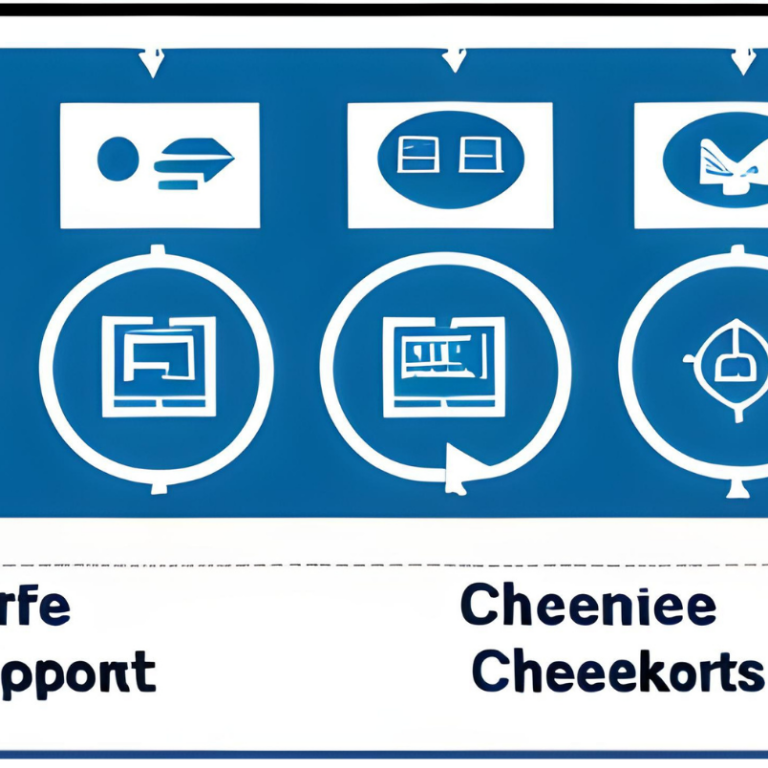
In a survey conducted by NeuroInsight, over 60% of respondents expressed concerns about how their neural data might be used beyond the scope of the study. This underscores the need for stringent data protection measures and transparent communication with participants.
Setting Boundaries in Neuro-Marketing Research
The frontier of Neuro-Marketing is still being charted, and as with any nascent field, establishing clear ethical boundaries is crucial. This involves ensuring informed consent, maintaining data privacy, and being transparent about the intent and scope of the research.

Professional bodies, such as the NeuroMarketing Science & Business Association (NMSBA), have begun drafting guidelines and best practices to ensure that the field progresses with integrity and respect for individual rights.
The Future of Neuro-Marketing
As we stand on the cusp of a new era in marketing, the fusion of advanced technologies and neuroscience promises to redefine the landscape. The future of Neuro-Marketing is not just about understanding the brain—it’s about harnessing the power of artificial intelligence and predictive analytics to anticipate the ever-evolving desires and needs of consumers.
The Potential of Integrating AI and Machine Learning with Neuro-Marketing
Artificial Intelligence (AI) and Machine Learning (ML) are revolutionizing industries, and Neuro-Marketing is no exception. By integrating these technologies, brands can analyze vast amounts of neural data at unprecedented speeds, uncovering patterns and insights that might elude the human eye.

For instance, imagine an AI system that can predict a consumer’s response to a new product by analyzing their past neural reactions to similar products. Or consider a machine learning algorithm that refines ad campaigns in real-time based on live neurological feedback.
A report by NeuroTech Analytics projected that by 2027, over 40% of major brands will employ AI-driven Neuro-Marketing strategies, underscoring the transformative potential of this integration.
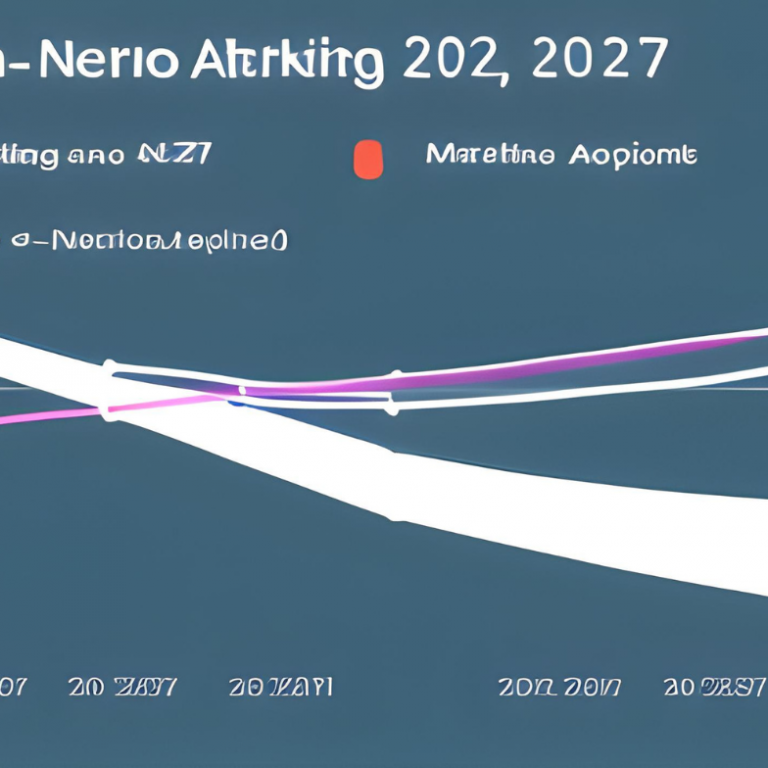
Predictions for How Neuro-Marketing Might Evolve in the Next Decade
Personalized Marketing at Scale: With the fusion of AI, ML, and Neuro-Marketing, brands will be able to deliver hyper-personalized experiences to consumers, tailoring messages based on individual neural profiles.
Ethical Standards and Regulations: As the field matures, expect to see more stringent ethical guidelines and possibly even governmental regulations ensuring the responsible use of neural data.
Virtual Reality (VR) and Augmented Reality (AR) Integration: VR and AR can immerse consumers in brand experiences. When combined with Neuro-Marketing, brands can gain insights into how consumers react to virtual environments, informing the design of future real-world products and spaces.
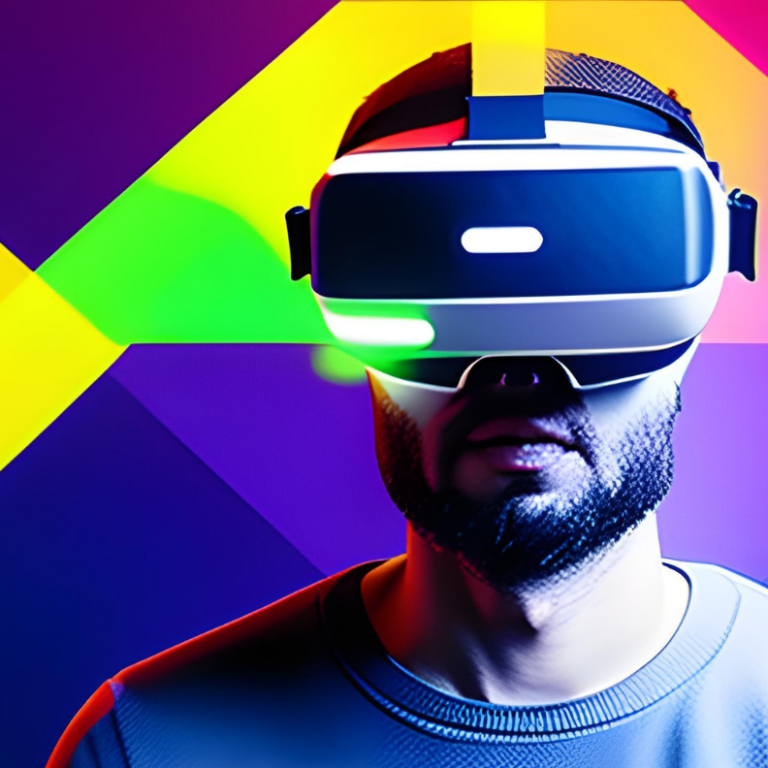
Global Collaboration: As the benefits of Neuro-Marketing become more evident, there will likely be increased collaboration between brands, research institutions, and tech companies across the globe, pushing the boundaries of what’s possible.
Conclusion
In the intricate dance of commerce, where brands and consumers continually engage and evolve, understanding the rhythm and nuances of this relationship is paramount. Neuro-Marketing, with its fusion of brain science and strategic insight, offers a profound understanding of this dance, revealing the subconscious drivers that propel consumers towards or away from a brand.

The importance of Neuro-Marketing cannot be overstated. In an era where consumers are inundated with choices, brands that can resonate at a neurological level stand out. They not only capture attention but also forge deeper, more meaningful connections. The data speaks for itself: brands that have integrated neuroscientific insights have seen tangible boosts in sales, brand loyalty, and consumer engagement.
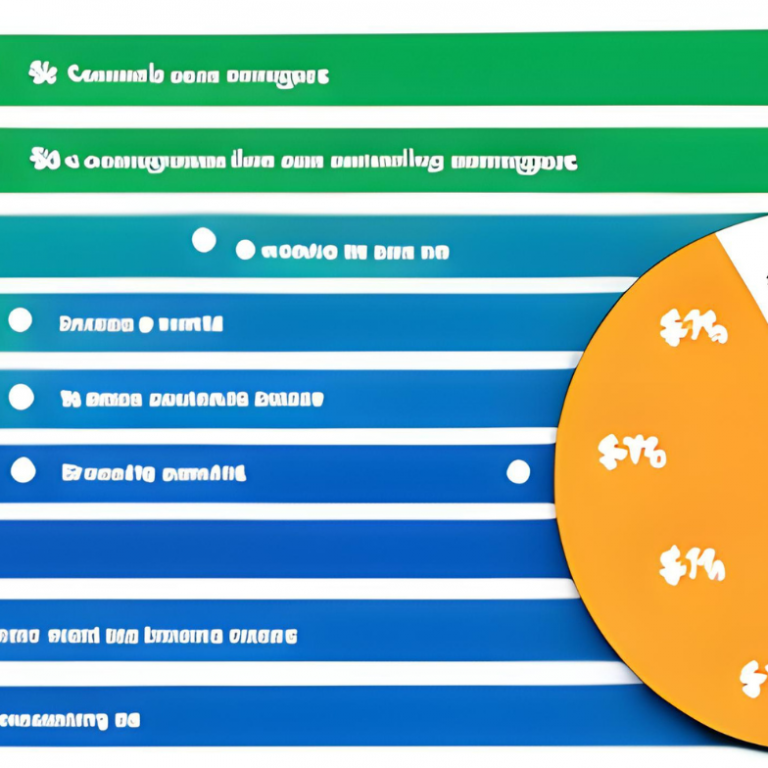
However, with great power comes great responsibility. As brands delve deeper into the consumer psyche, ethical considerations rise to the fore. It’s not just about influencing consumers—it’s about doing so with integrity, transparency, and respect. The potential to influence consumer behavior at a subconscious level is both a gift and a responsibility, one that brands must wield with care.

In conclusion, Neuro-Marketing is not merely a trend—it’s a transformative approach that’s reshaping the marketing landscape. As we look to the future, it’s clear that the brands that will thrive are those that understand the human mind’s intricacies and navigate its depths ethically and responsibly.

